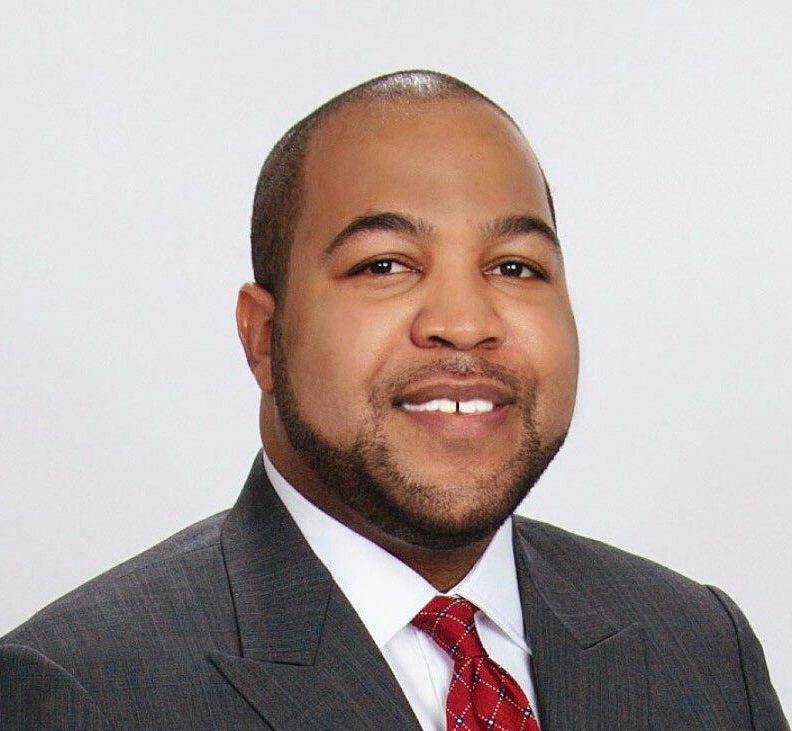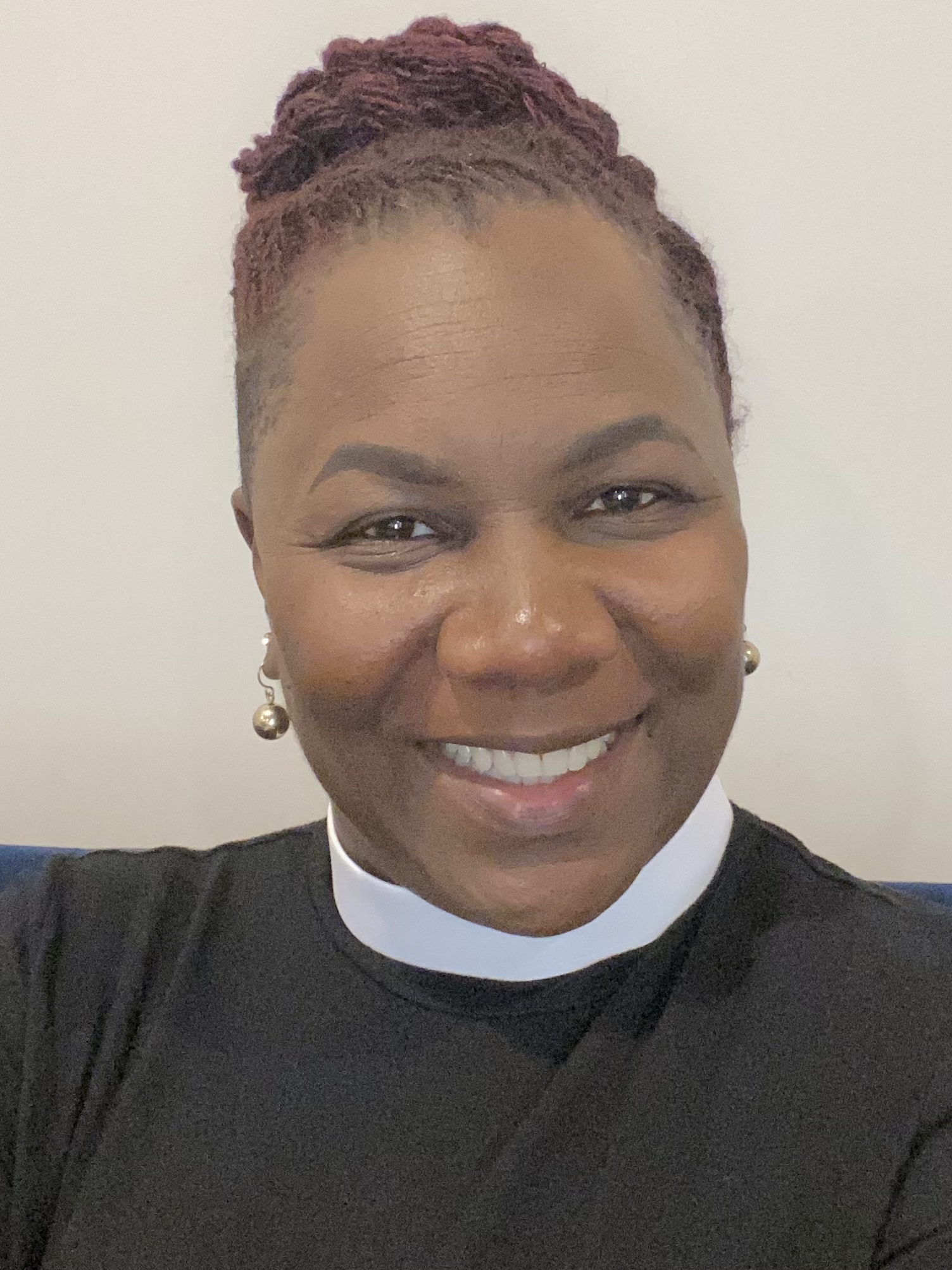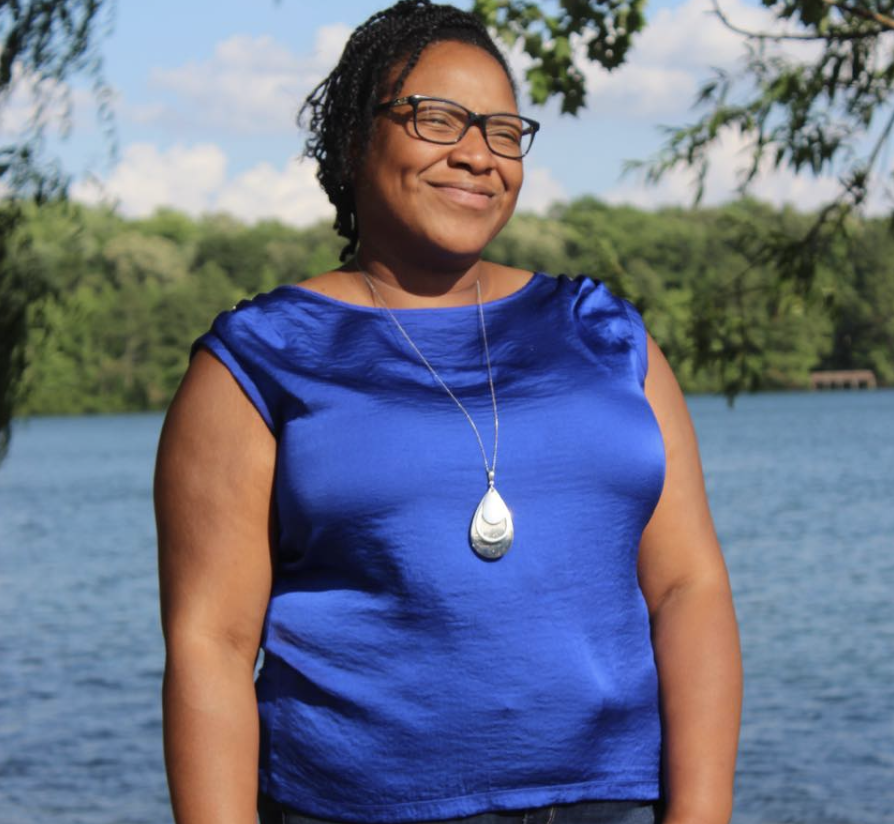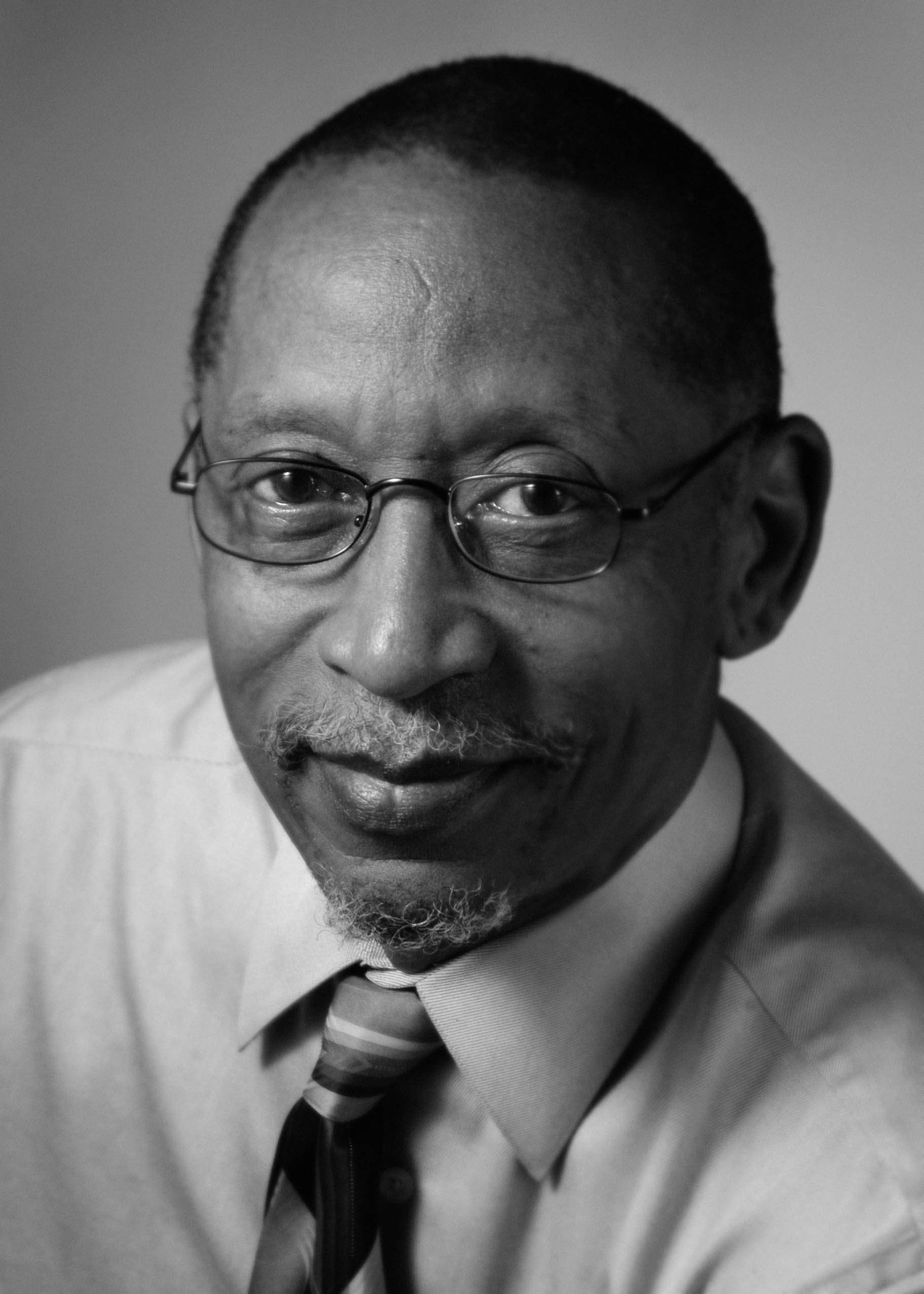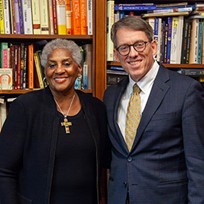What is the future of the AME Church in Districts 14-20?
In late February, I attended the 7th Biennial Session of the Global Development Council (GDC) in Johannesburg, South Africa. The GDC is the AME organization tasked with promoting the development of African Methodism in Districts 14-20 and serves as an institutional voice to the larger Connectional Church. The GDC has its origins in the African Jurisdictional Council (AJC) that was authorized by the General Conference in 2000. The signature achievement of the AJC/GDC process was the election of three African-born Bishops at the 2004 General Conference. Since that time, the purpose and thrust of the AJC/GDC have not been as clearly defined and there have been increasingly louder calls for a renewal of its focus and relevancy from laity and clergy across the Connectional Church.
After observing the business sessions and hearing the opinions voiced from the attendees on and off the floor, there were several lines of consensus that emerged.
- There is no unified voice for Districts 14-20.
It is not surprising that the seven (7) Districts outside of the continental United States located on three separate continents lack a coherent voice. Yet, many times I heard the admonition, “If Districts 14-20 could just be united, then…”. This situation is aggravated when addressing the election of future Bishops. Who determines which District (and which country) gets backed when the Connectional Church decides to elect a Bishop from outside of the United States? Geographic representation played a strong hand in the 2004 election and at this point, there is no clear consensus on the regions from where the AME Church should elect next. And to ask the GDC itself to evaluate and propose a candidate does not appear to be feasible at this time.
- Meaningful participation in Connectional leadership by persons from Districts 14-20 is a concern.
There were clear feelings of disenfranchisement and tokenism expressed throughout the GDC plenary from various constituents. While most of the attention focused on the Bishopric, the absence of any person from Districts 14-20 on the Judicial Council was also noted as well as the designated slots for persons from Districts 14-20 in Connectional Organizations such as the WMS, YPD, Lay Organization and AME Women in Ministry (WIM). It was also noted that while RAYAC’s strength lies outside of the United States, the current Executive Board has no representation from Districts 14-20.
Participation does not just mean persons in particular positions, it also means viewing Districts 14-20 as viable places to have regular Connectional meetings and not just “special” summits. Having the 2013 Investiture Service in Jamaica showed the potential for this process. Several notable international conferences have been held on the continent of Africa in the last decade including the 2011 World Methodist Conference (Durban, South Africa). Additionally, the United Methodist Church is already making plans to hold their 2028 General Conference in Zimbabwe. Honestly, prejudice and a feeling of United States imperialism have prohibited leadership and auxiliaries from hosting regular meetings outside of the United States.
- There is no clear plan for the future of Districts 14-20.
The breakout sessions at the GDC focused on a range of topics including Youth Ministry, Christian Education, Economic Empowerment and the Way Forward on the Episcopacy. There were many salient ideas and concerns addressed by the persons who attended and having a mix of persons from across the Connection to discuss common issues related to the work in Districts 14-20. The question becomes, “What do we do next?” Again, prejudice and the myopia of United States leadership has curtailed access to Connectional resources in Districts 14-20. We rely heavily on Bishops to maintain links to areas without truly developing local leadership potential. Furthermore, there is no regulation for Overseas Development funds or a Connectional standard for measurable progress. We have no idea what “development” looks like in an AME context.
Also, the debate about the nature of the Connectional Church is very much salient. There are generational divides between those who believe that Bishops elected from outside the United States should be available for general service and those who believe that they should only serve Districts 14-20. The Connectional Church has allowed the personal agendas and desires of a few to cloud policies and discussions that will benefit the whole of the Church. The status quo, however, in untenable and the Church must clearly speak soon as to the future of Episcopal Leadership from Districts 14-20.
- There is great potential for the AME Church in Districts 14-20.
At the GDC, there was a sense of pride and love in the ministry and legacy of the AME Church. There was also a sense of frustration and neglect from the “home” Districts. Education and infrastructure development are two key concerns. Yet, hearing the ministerial accounts within the Connection that are being accomplished despite these challenges should inspire and give the Connection hope. The Connectional Church must take a serious look at its various departments and the resources available to see what clearly can be done to turn this potential into proof of ministry. We must also promote sharing of resources and capabilities within Districts 14-20.
The GDC left me unsettled with more questions than answers. AMEs in Districts 1-13 are not as familiar with the related issues within Districts 14-20, therefore the respond may reflect a misunderstanding regarding the members expressed frustrations. I do have faith that as a Connectional Church we will take the necessary steps to assist and develop Districts 14-20. We must not allow personalities or fear to keep us from asking difficult questions or making tough decisions.

